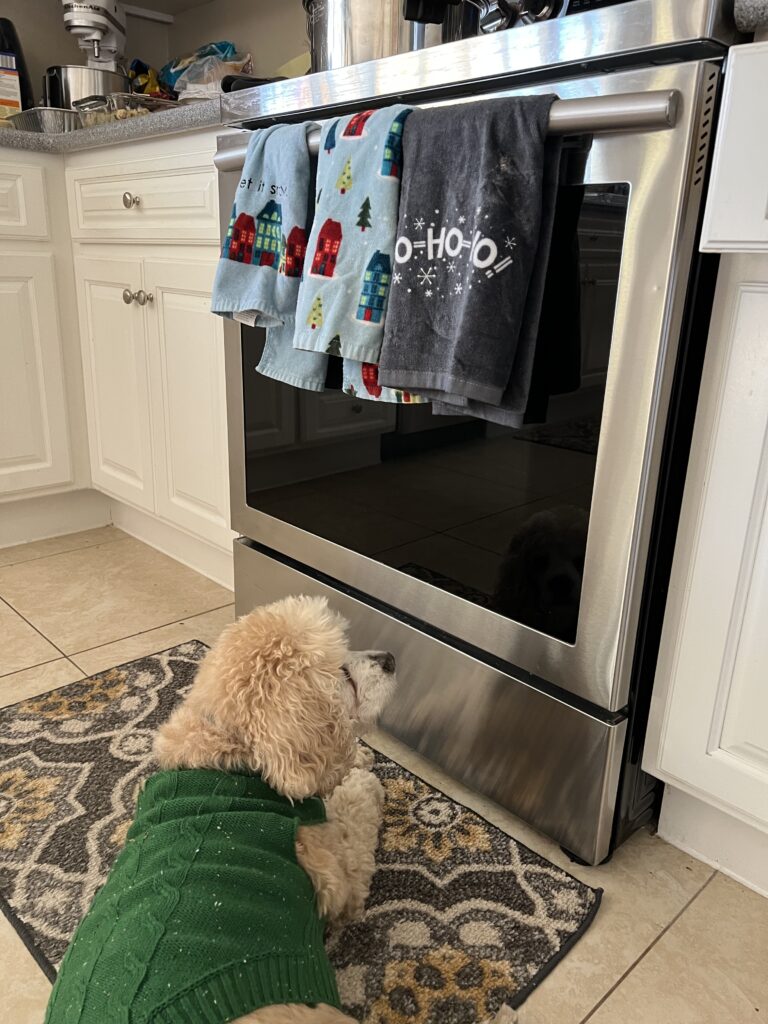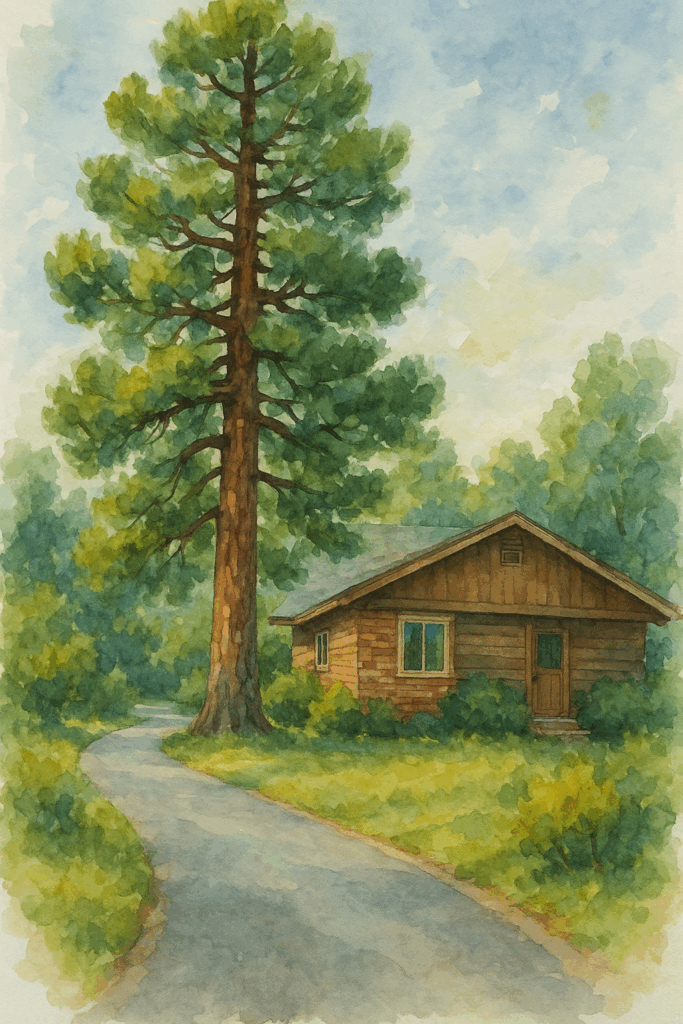When we first saw her, she was standing at the gate of the animal rescue, looking longingly in our direction. Her red Cocker Spaniel face was whitened with age. Her curly fur coat had been shaved off to relieve the matting that had formed over many years of neglect and weeks on the street. She was an older dog, but her dark, penetrating eyes longed to tell us her story.
Having pets was typically not in the cards for us. Allergies, asthma, and other caregiving responsibilities had steered us away from welcoming an animal into our home. But my girls had slowly convinced Mom and Dad that it was finally time to get a hypoallergenic pup. Their search had led them to Jake, a young male poodle mix at a local rescue shelter. We went to see him. But we quickly learned that Jake had issues from his past that would require isolation and a lot of training. The astute rescue worker suggested we consider an older dog for our first pet. He pointed over at Elizabeth (or Lilibet, as my wife would soon call her), and said, “What about this one?” She sensed our attention and even barked in our direction. He brought her over to us.
She wasn’t much to look at. Her exposed skin was covered in age spots and warts. Her tail was bare. She looked more like a pig than a dog. But we couldn’t help but smile at her. She crawled over to us and quietly laid down, looking up at us—begging to find a spot to settle into our lives. It worked. After a “family meeting” at the local Starbucks, we were convinced that she was the one. When we stopped to pick her up, she nearly ran to our vehicle. With her short legs, she struggled to get into the van, but she had no problem working her way into our hearts.
Now, as many of you pet owners already know, we quickly discovered the toll pets can take on your pocketbook: food, toys, snacks (because food again), ridiculous outfits, and of course, vet visits. This is especially true with the many medical issues older dogs can encounter. But I have to confess—it was worth it. After some treatment and care, she was soon enjoying her golden years, with a full fur coat and a happy, panting smile. She quickly became a member of the family. She loved walks, pup cups at Starbucks, and helping Dad fix breakfast on Saturday mornings. She didn’t even mind the many costume changes the girls picked out for her—from Christmas sweaters to Halloween hats—she put up with all of it. We took her everywhere. She would oblige any request and pant happily.
Over the past few months, her advanced years and harsh life seemed to catch up with her. She moved more slowly. Arthritis had become more serious, and her energy was low. She had lost her hearing, and we suspected her eyesight was fading too. She slept a lot. But she would occasionally spring to life and go on a perimeter check of the house or the yard. She began to stop and stare into the distance—or look directly at us. It was a different look, like someone succumbing to exhaustion, yet incredibly grateful for the love and care she had been given. We noticed that she eventually started to circle in place, as if she were trying to find a comfortable spot to rest. Sadly, the sunset of her golden years was beginning its final approach. Two weeks ago, she made one final circle, laid down, and drifted off into eternity.
We miss her. We are sad. But we are also grateful to have had Lilibet in our lives for a brief time. We do grieve but we remember that grief is the enduring echo of love. Yes, the heart hurts—but it reminds us of the preciousness of the time we have with each other and the love we share. It encourages us to record every moment, savor the journey, and give even more of ourselves and our time to others.
A path without grief is a path without love. Our time with Lilibet reminded me of that. Some of the greatest joys in life can be unlocked if you take time to love, to rescue, to care for someone else—even a pet. Open your heart to another. We need more of that. I suspect we are made for that. Life is short. We can make the most of it by loving, selflessly giving of ourselves, and enjoying the days we have. They pass by fast. Don’t miss the chance to live, to love, to care—and to be cared for. Expect heartbreaks ahead, but they are worth it. Love is the greatest gift of life. Unwrap it with all your heart!








































